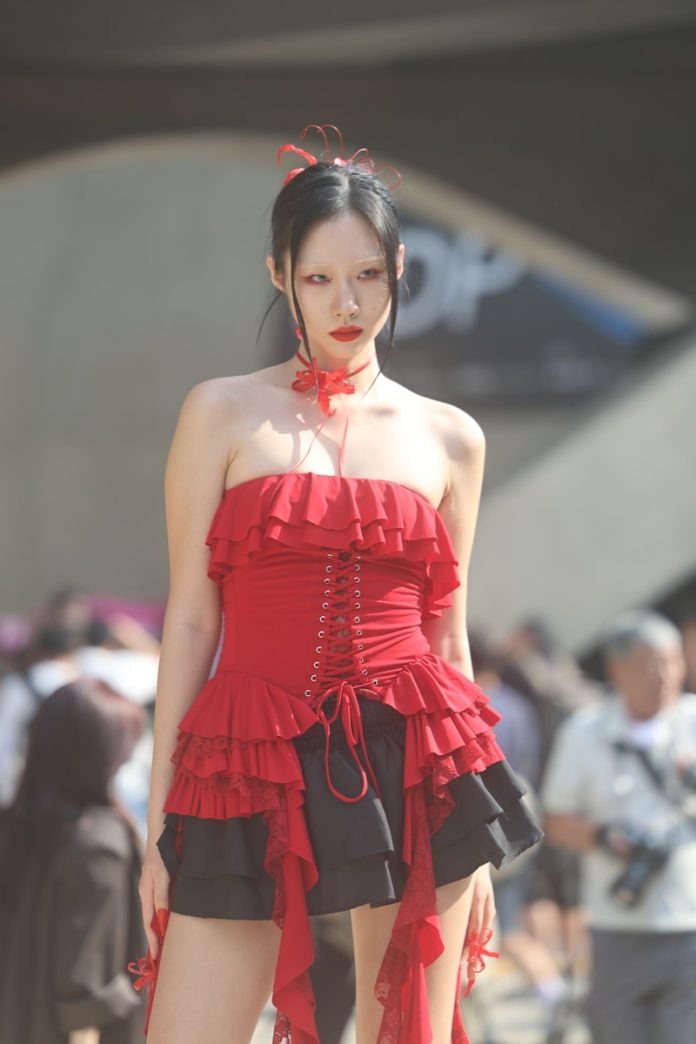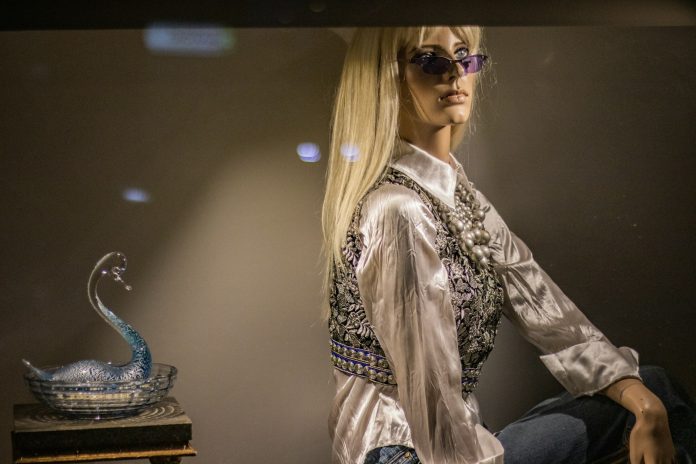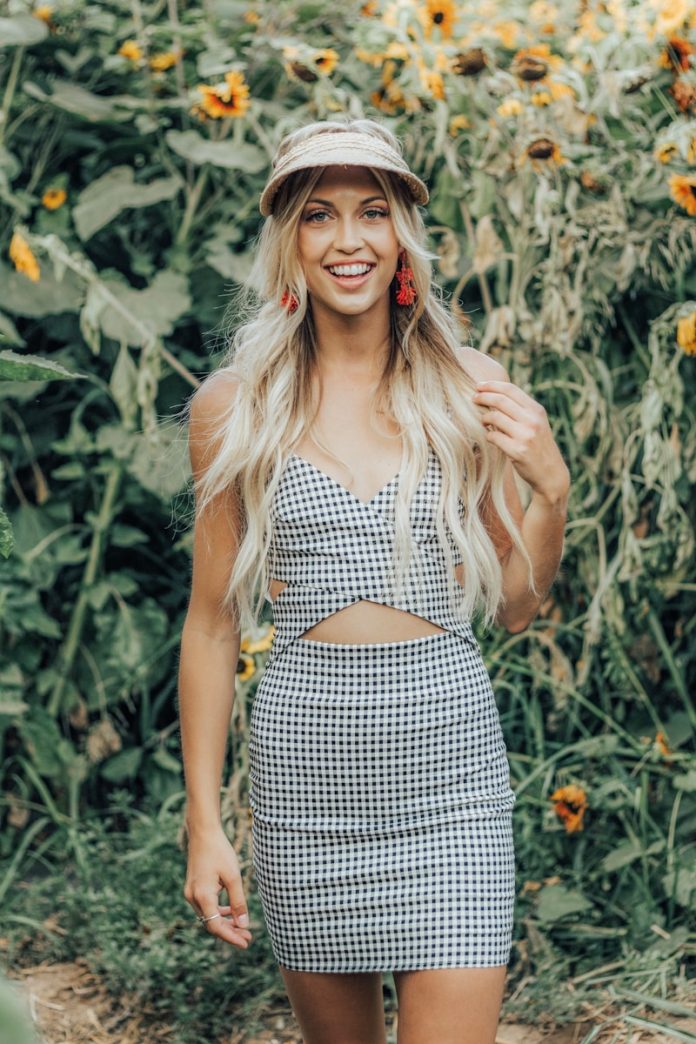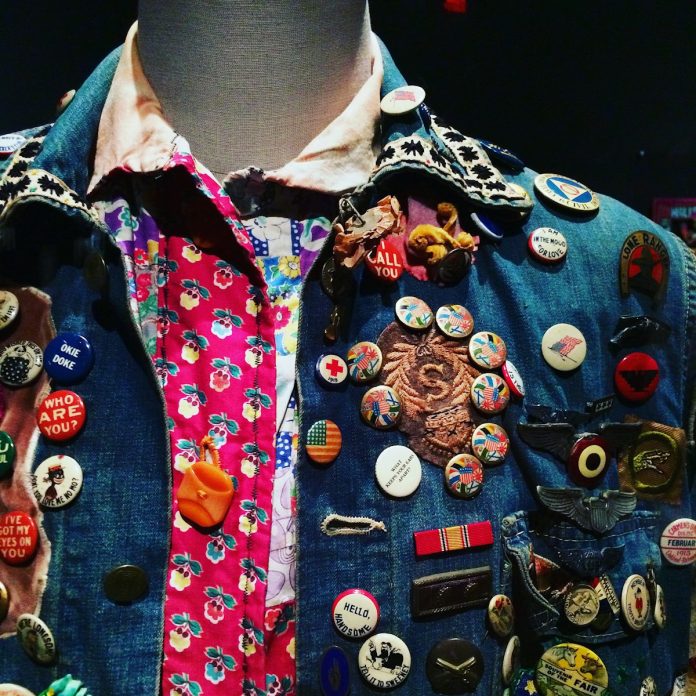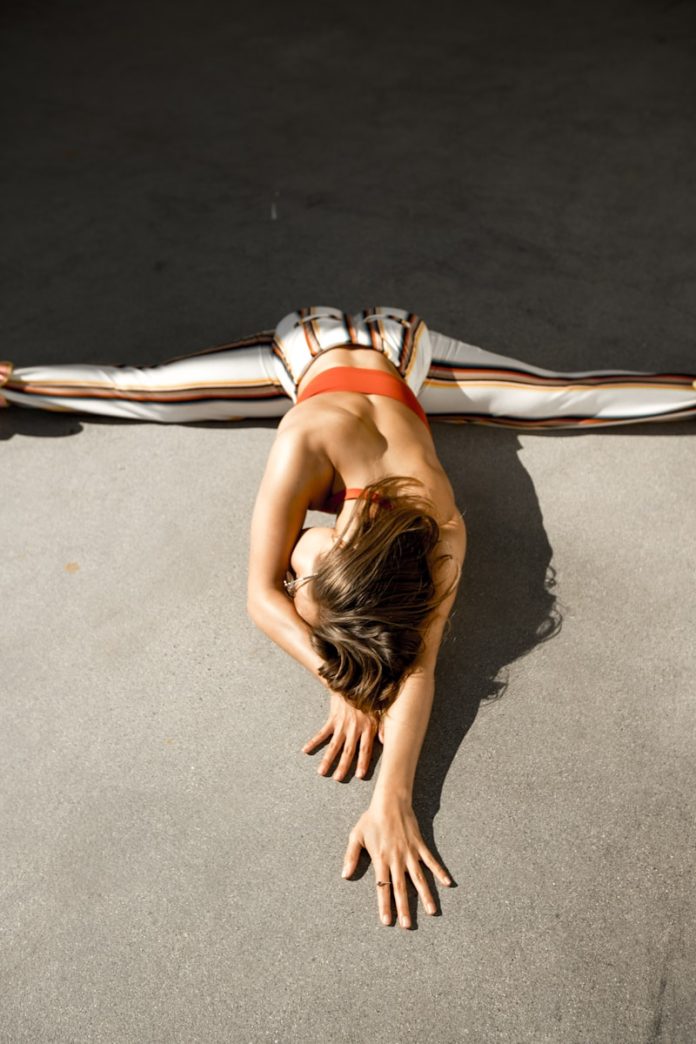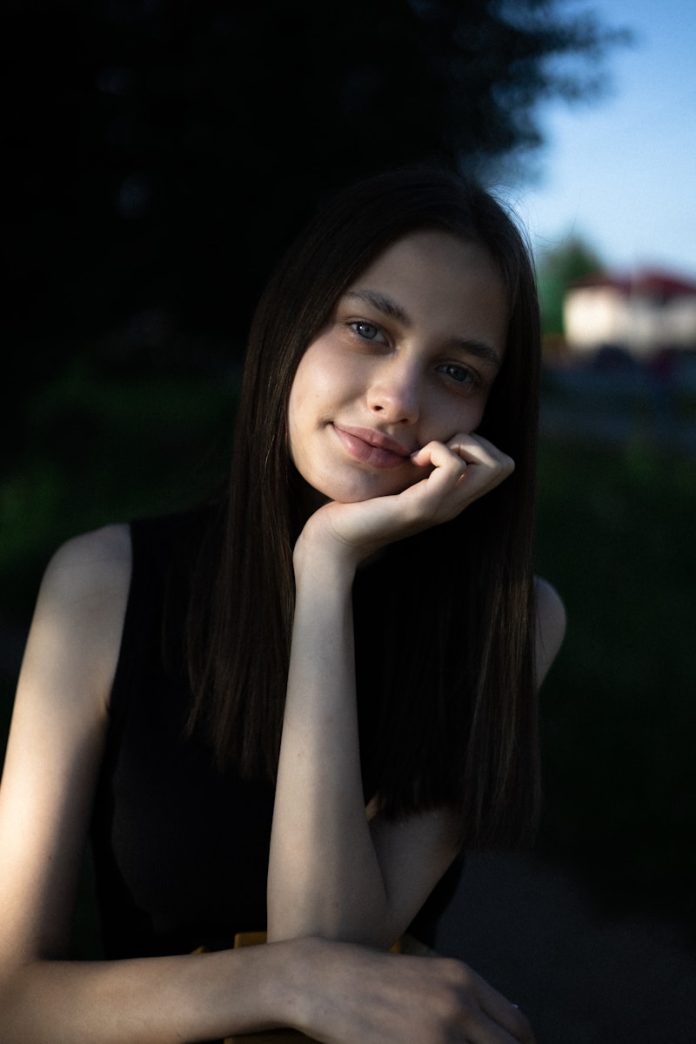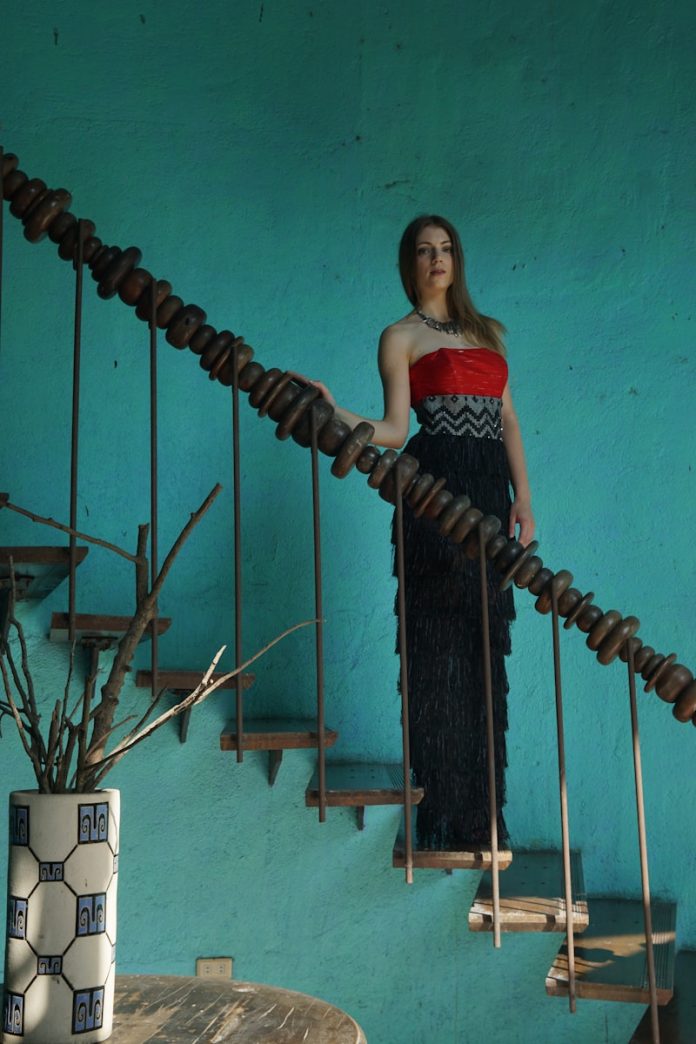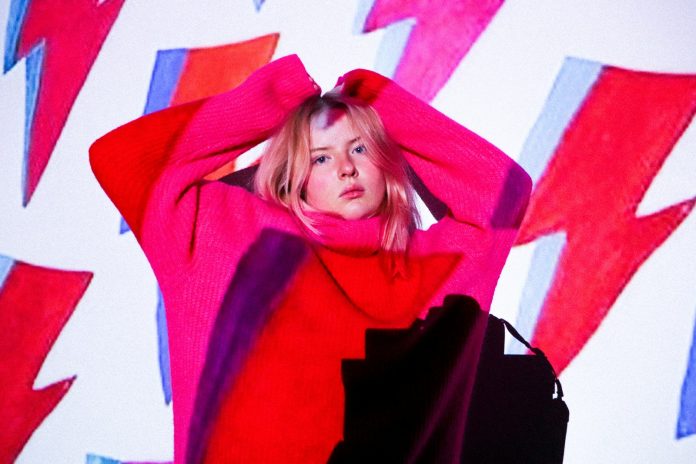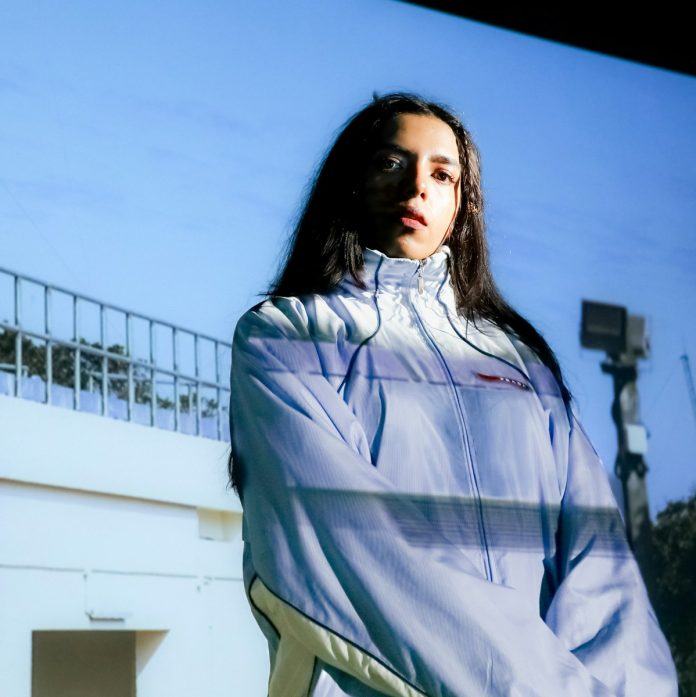There was a time when fashion’s golden rule whispered firmly in our ears: never mix patterns. Stripes went with solids, florals stayed within their seasonal limits, and polka dots dared not trespass into plaid territory. But those days are long gone. In their place? A glorious rebellion of visuals—a new fashion frontier where prints collide unapologetically, creating unexpected harmony from deliberate discord.
Welcome to the age of print clashing, where chaos is curated, and style rules are meant not just to be broken but rewritten entirely. It’s more than a trend—it’s an attitude.
Breaking the Rules to Rewrite the Story
Fashion has always been a dialogue between conformity and defiance. In the sleek minimalism of the 1990s and the calculated monochrome of early 2000s, clothing often whispered, “Don’t look too loud.” But fashion is cyclical, and with every period of restraint comes a counterpoint—an explosion.
Clashing prints embody that explosion. They challenge the idea that style must be orderly. Instead, they celebrate the unexpected. Think zebra with florals. Paisley on plaid. Tie-dye next to houndstooth. And rather than looking chaotic, these juxtapositions—when done right—create dynamic visual narratives that express confidence, creativity, and a fearless sense of self.
Print clashing isn’t about mess. It’s about intention.
A Historical Rebellion in Patterns
Though modern runways and street style stars have put print mixing back into the spotlight, the roots of this aesthetic go far deeper than the recent decade.
Take the bohemian 1960s and ’70s. As global travel expanded and cultural exchange deepened, Western fashion began incorporating diverse textiles, patterns, and motifs. From Indian block prints to African wax fabrics, these patterns coexisted in outfits that felt worldly, expressive, and experimental. The emphasis wasn’t on cohesion, but on personal story.
Fast forward to the punk movement in the ’80s, where fashion was political and print clashes were acts of defiance. Tartan met leopard. Camouflage collided with graffiti. It wasn’t just an aesthetic choice—it was a statement against the status quo.
Today, those same rebellious roots are being reinterpreted through high fashion and streetwear alike. Designers from Vivienne Westwood to Dries Van Noten and Versace have taken on the challenge of pattern mayhem and elevated it to couture. And style influencers across the globe are embracing it with open arms.
The Psychology of the Clash
Beyond the fabrics and visuals, there’s a psychological shift behind this resurgence. In an age defined by hyper-individuality, where digital platforms allow everyone to curate their own visual brand, dressing in a way that defies norms has become its own currency.
Mixing prints signals fearlessness. It says you’re not dressing to blend in—you’re dressing to be seen, to express complexity. In a way, clashing prints reflect the fragmented but layered reality we all live in. Life isn’t minimal and controlled; it’s overlapping, messy, and full of contrast. Why shouldn’t your outfit reflect that?
Moreover, print clashing offers freedom. When done well, it releases you from the rigidity of fashion’s former rules. It invites play, humor, even imperfection. A polka-dot blouse with a tribal skirt? Why not. Fashion becomes less about “matching” and more about mood, movement, and meaning.
Styling the Chaos: How to Clash Prints Like a Pro
Of course, there’s an art to doing it well. Print mixing isn’t simply throwing on random patterns and hoping for the best. Like any form of creative expression, there’s rhythm to the madness.
Here are some guiding principles—not rules, but tools—to help navigate the print playground:
- Find a Common Color Palette
The easiest way to bring harmony to your print clash is by anchoring everything in a shared color. For instance, a mustard yellow floral top pairs surprisingly well with a geometric print skirt that also includes yellow tones. This shared hue creates visual cohesion, even when the patterns contrast. - Scale Your Patterns
Balance is key. Pair a large-scale floral with a smaller, more repetitive dot or stripe. This variation in scale keeps the eye moving and avoids overwhelming the silhouette. Think of it like a melody with both bass and treble. - Use Neutrals as Buffers
If you’re nervous about going full clash, insert a neutral or solid piece between prints. A white blazer over a busy patterned dress or a beige belt breaking up a two-print ensemble can give the eye room to breathe. - Mix Classic with Quirky
Sometimes the easiest way to start is by mixing a timeless print with something more daring. Stripes, for example, are incredibly versatile and can act as a visual “neutral.” A striped blouse with an abstract print skirt creates contrast without clashing aggressively. - Confidence Is Key
Above all else, wear it like you mean it. Print mixing works best when the wearer owns the look. If you feel good in it, chances are it shows.
From Catwalks to Sidewalks
What’s particularly exciting about this fashion movement is its accessibility. Unlike certain trends that require niche silhouettes or luxury branding, clashing prints can be embraced by anyone, anywhere, with what’s already in their closet.
Thrift stores, vintage shops, and global markets are goldmines for unique pieces that can be creatively combined. In fact, the rise of sustainability in fashion has also fueled this movement. Upcycled and mismatched outfits aren’t just eco-friendly—they’re chic.
Street style has become the ultimate canvas for pattern mixing. In cities like Tokyo, Lagos, New York, and Copenhagen, fashionistas are turning sidewalks into runways of individuality. A floral kimono over polka-dot pants. A tartan shirt under a leopard print coat. These aren’t faux pas—they’re fashion moments.
Print Clashing and Cultural Fluidity
One of the most beautiful aspects of this trend is how it reflects our interconnected world. In many non-Western cultures, mixing prints has always been part of traditional dress. Whether it’s the layered wax fabrics of West Africa, the rich weaves of Guatemala, or the patchwork silks of India, pattern clashing is not new—it’s cultural heritage.
In that sense, today’s revival of this aesthetic is more than just fashionable. It’s global. It’s inclusive. It’s a recognition that style can be both personal and cultural, chaotic and considered.
Print clashing, when viewed through this lens, becomes a kind of visual diplomacy—a way of blending stories, symbols, and histories into a single, living collage.
The Future Is Bold
As fashion moves into the future, one thing is certain: individuality is in, and fearlessness is the new minimalism.
Print clashing isn’t about rebellion anymore—it’s about joy. Joy in color. Joy in texture. Joy in self-expression.
Whether you’re new to the idea or a seasoned print mixer, now is the time to step into your closet with fresh eyes. See patterns not as rules, but as possibilities. And remember: the boldest fashion statement you can make is to show up fully as yourself—loud, layered, and unapologetically patterned.

